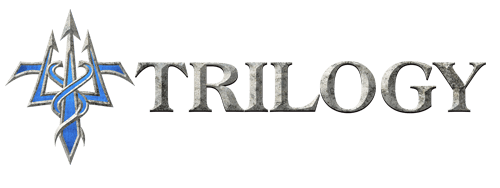Tactical Medicine for Fire Rescue/EMS
Fire Rescue and EMS crews are no longer staging in the “cold” zone and waiting for scene security, and any scene can quickly deteriorate and become unstable. More departments are electing to issue ballistic armor to crews and training for these events are needed.
Rescue Task Force takes TECC to the next level providing not only tactical medicine training for the EMT/Paramedic/Fire-Fighter but also providing team movement training.
TECC is for the EMT/Paramedic and provides skills training within that scope of practice.
Firearms Safety for the First Responder provides firearms safety training for the first responder.
RESCUE TASK FORCE
Why Take This Course
Rescue Task Force takes TECC to the next level. This course includes the basics found in the Street Medicine Course and adds team movement. Learning team movement is essential to the integration of EMS into law enforcement operations. Scenarios and skills stations incorporate safe and effective movement and extraction techniques.
This course is for any first responder. It is best delivered with a mix of EMS/Fire Rescue and Law Enforcement personnel. Training together is the key to success in a tactical operation and this course provides that foundation. It teaches the fundamental skills necessary to provide immediate life saving measures in a tactical situation, active shooter, officer down, or anywhere personnel may be first on scene. It incorporates training recommended by the Hartford Consensus and will focus on team movement from cold zone to patient contact, and back to treatment area (CCP).
TECC
TACTICAL EMERGENCY CASUALTY CARE
Why Take This Course
Tactical Emergency Casualty Care (TECC)
Developed by NAEMT’s Prehospital Trauma Life Support (PHTLS) Committee, the TECC program is based on the guidelines from the Committee on Tactical Emergency Casualty Care (Co-TECC) and the Tactical Combat Casualty Care (TCCC) program. TECC uses lessons learned from our military and applies them to the civilian world of tactical medicine.
This 16-hour course covers topics designed to decrease preventable death in the tactical situation. Topics include: Hemorrhage control; surgical airway control and needle decompression; strategies for treating wounded responders in threatening environments; caring for pediatric patients; and techniques for dragging and carrying victims to safety.
At the core of the TECC program are three distinct phases that have been well-proven by TCCC-trained personnel in the war against terrorism in Iraq and Afghanistan. The phases are as follows:
- Direct Threat Care
Care that is rendered while under attack or in adverse conditions. - Indirect Threat Care
Care that is rendered while the threat has been suppressed, but may resurface at any point. - Evacuation
Care that is rendered while the casualty is being evacuated from the incident site.
TECC focuses on the medicine during these phases of care and provides guidelines for managing trauma in the civilian tactical or hazardous environment. While TECC has a tactical slant, it takes an all-hazards approach to providing care outside the normal operating conditions of most EMS agencies, such as responding to a mass casualty or active shooter event.
Attend this course at our Tampa location or host at your agency. Contact our training department for hosting information.
Firearms Safety for the First Responder
Why Take This Course
This course will teach the first responder (Fire, EMS, Security) scene safety as it relates
to firearms. The student will learn how to handle and make safe rifles, pistols, and shotguns.
The student will also be given the opportunity to fire various types of firearms to further enhance their knowledge of firearms and firearms safety.*
Florida Licensing:
The course meets licensing standards for:
Florida Concealed Weapon or Firearm License – “CCW”
Attend this course at our Tampa location or host at your agency. Contact our training department for hosting information.
*If hosting this course a firearms range must be available for the live fire portion of training.
